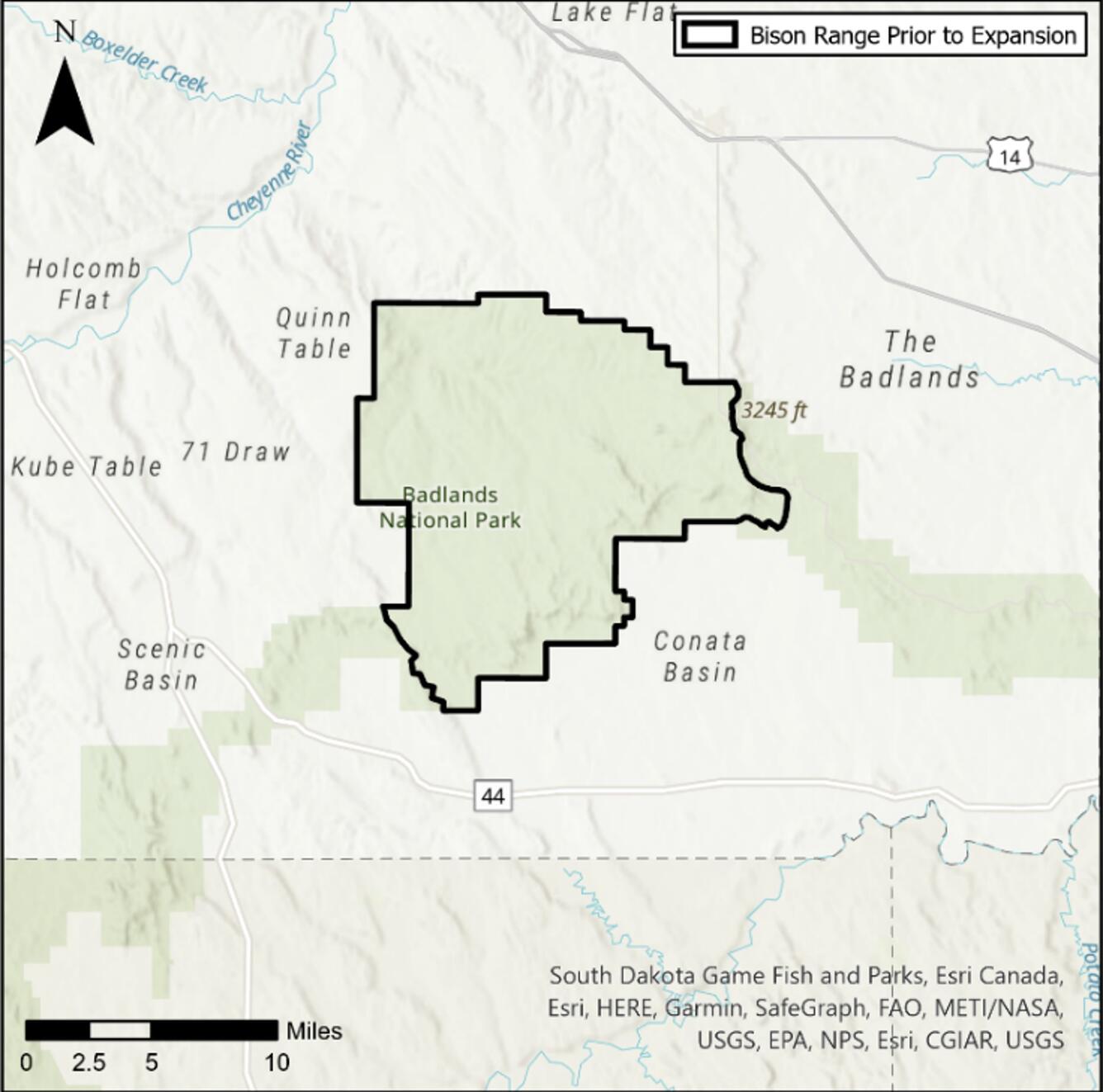Data Spotlight: Improving Ecological Projections of Wildlife and Landscapes for Natural Resource Managers
Ecosystem modelling is a vital tool for understanding complex human and natural systems, especially under a changing climate. To streamline this process for natural resource managers, North Central CASC-supported scientists linked two common models that are adept at tracking different aspects of ecosystems to create a new approach and software tool.
Meshing Agents and Their Environment
Managing complex human and natural systems is challenging, especially with so many uncertainties about their responses to a changing climate. To better prepare for these changes, researchers and managers are using simulation modeling tools to learn more about how climate, management, landscapes, and wildlife interact. Simulation models are used to help predict outcomes of a wide variety of scenarios, from potential transportation routes to new bird feeding habitat, and have been shown to be useful in understanding human and natural systems and how they might respond to management activities. For example, agent-based models (ABM) can simulate a variety of actors, such as wildlife, people, or viruses, and their characteristics, adaptive behavior, and mobility. Whereas state-and-transition simulation models (STSM) are probabilistic models of landscape dynamics focused on environmental attributes and changes. ABMs and STSMs are adept at tracking different aspects of ecosystems (e.g., wildlife behavior [ABMs] versus vegetation composition and growth [STSMs]), however, running the two separately can be burdensome for the user and omit important interactions between actors and their environment.
In an effort to streamline the modeling process, North Central CASC Research Ecologist Brian Miller, in collaboration with Apex Resource Management Solutions, linked these two types of commonly used simulation models, ABMs and STSMs, together. As described in a study funded by the North Central CASC, the researchers developed an innovative modeling approach and software tool using various applications, such as NetLogo, R, and the ST-Sim package for SyncroSim, to couple the ABM and STSM models. The value and capabilities of this technique was then demonstrated in a case study of Badlands National Park involving bison-vegetation interactions (Fig. 1).
About the Data and Model Code
This release contains model code and the data used in the case study at Badlands National Park along with supporting information to enable the software to run properly, like the read.me file. However, the data used in this case study were meant only to illustrate the functionality of this modeling technique and are not intended to be used to inform management decisions.
Data included for each the ABM, STSM, and coupled models:
- Input Data, including ecological sites and state classes based on Natural Resources Conservation Service soil maps and simulated spring location points
- Output Data, including tabular and spatial data for vegetation types, grazing transitions, and biomass
Model code includes scripts to run:
-
The standalone agent-based model (ABM)
-
The standalone state-and-transition simulation model (STSM)
-
The coupled ABM/STSM model
Accessing the Data
The model code and data can be downloaded as a zip file here.
-
A sample dataset, including coupled and standalone simulations and associated R and NetLogo code files, for running the models on the latest version of SyncroSim (https://github.com/ApexRMS/abmstsm)
-
The new netlogo package for SyncroSim that resulted from this effort (which allows users to directly call NetLogo and ST-Sim from SyncroSim) (https://github.com/ApexRMS/netlogo )
To ensure the code runs smoothly, the entire folder should be extracted to the users’ local “C:\” directory. Otherwise, the directory paths will need to be re-written in the R and NetLogo scripts. Additional guidance for properly running these models can be found in the model read.me file.
More can be learned about this coupled ABM/STSM modeling approach in an article in Landscape Ecology by Miller & Frid, 2021.
Data Applications
The findings from this work provide researchers with the capability to develop more realistic, management-relevant projections related to wildlife, vegetation, management actions, and other drivers while, at the same time, informing decision making and best practices for natural resource management.
This research included a proof-of-concept model simulation of bison grazing at Badlands National Park (Fig. 2). In this case study, the 1) ABM, 2) STSM, and 3) coupled model were run to compare the three in a real-world application. Overall, the coupled model generated spatial and temporal patterns that better reflected agent-environment interactions. For example, the level of grazing in relation to vegetation composition was explored to identify the differences between the models. These results show that grazing was more dispersed in the coupled model, which is a result of this modelʻs capability to reflect the feedback between the bison and vegetation; i.e., as grazing pressure near water sources increased, vegetation shifted to less productive types and bison began grazing farther from the water sources. For more details on published results related to this research please see Miller & Frid, 2021.
Get Our News
These items are in the RSS feed format (Really Simple Syndication) based on categories such as topics, locations, and more. You can install and RSS reader browser extension, software, or use a third-party service to receive immediate news updates depending on the feed that you have added. If you click the feed links below, they may look strange because they are simply XML code. An RSS reader can easily read this code and push out a notification to you when something new is posted to our site.



